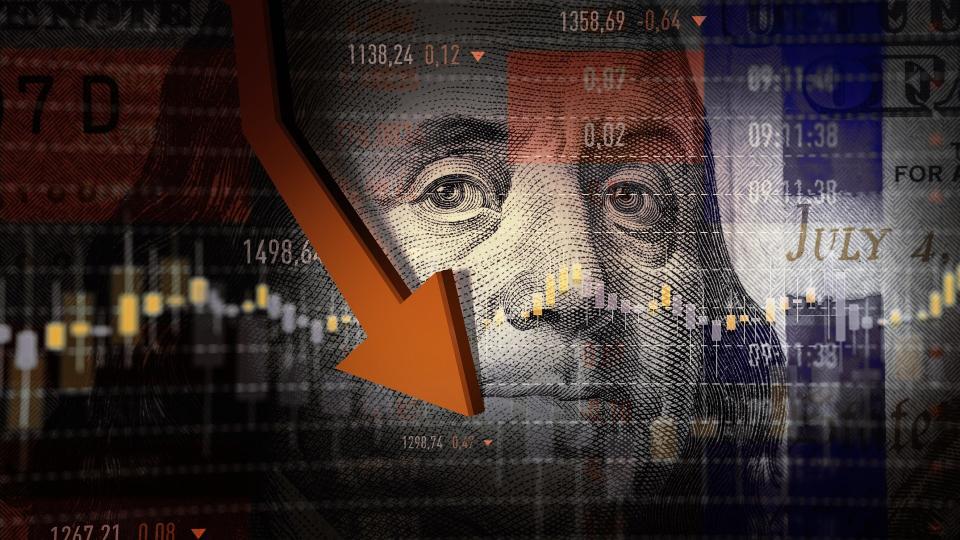Why US Economy Shrank Faster Than Expected in Q1 and What It Means for Consumers

The U.S. economy shrank at a rate of 1.5% in the first quarter, according to the Bureau of Economic Analysis. The U.S. gross domestic product (GDP), which measures economic activity in the country, can indicate a healthy, growing, or recessionary economy.
Discover: States Whose Economies Are Failing vs. States Whose Economies Are Thriving
More: 6 Signs You Can’t Afford To Retire
Based on the most recent figures, which showed a greater decrease than expected, experts believe the U.S. could be headed for a recession. Typically, economists declare a recession when the GDP shows two straight quarters of declines.
Meanwhile, however, core inflation showed an increase of 4.9% based on Bureau of Economic Analysis figures, which was less than the increase in March. This bodes well for the steps the Fed is taking to reduce inflation by raising interest rates. Consumer spending also increased for March according to the most recent report.
The reduced GDP was caused, in part, according to CBS reports, by a widening trade gap, where the U.S. spent more on imports than other countries spend on U.S. exports. This contributed to a 3.2% drop in the U.S. GDP.
Additionally, continued supply chain issues, which led to reduced store and warehouse inventories, reduced the GDP by another 1.1%.
How Fast Will the Economy Recover?
While the data could indicate a recession — and inflation continues to rise with salaries not keeping pace — other economic indicators bode well for recovery. For instance, consumer spending continues to grow, expanding by 3.1% in the first quarter. Businesses are investing in equipment to boost productivity and improve operations, while consumers are spending discretionary money freely.
Analysts told CBS that the economy has likely shifted direction and started to grow in the second quarter. In the Federal Reserve Bank of Philadelphia’s Second Quarter 2022 Survey of Professional Forecasters, analysts said they believe the GDP will grow by 2.3% between April and June, with 2.5% growth for the whole year.
A very low unemployment rate is yet another reason for economic optimism as Americans head into the second half of the year.
Fed Works for “Soft Landing”
In spite of the bright spots, there are still areas of concern. As the Fed raises interest rates to stem inflation, a number of unknown factors could hinder the “soft landing” the government is aiming to achieve.
See: POLL: How Much Do You Expect To Spend on Travel This Summer (in Total)?
Live Blog: SNAP (Food Stamps), Social Security Benefits and More
“Downside risks to the economy and the probability of a recession are increasing,” Lydia Boussour and Kathy Bostjancic, economists at Oxford Economics, said in a research note per CBS. “A more aggressive pace of Fed rate hikes, a tightening in financial conditions, the ongoing war in Ukraine and China’s zero-Covid strategy increase the risk of a hard landing in 2023.”
More From GOBankingRates
This article originally appeared on GOBankingRates.com: Why US Economy Shrank Faster Than Expected in Q1 and What It Means for Consumers
